What is Marketing Resource Management (MRM)?
Are you struggling to utilize your marketing resources effectively? If so, marketing resource management (MRM) might be the solution you need. MRM helps you strategically plan and allocate resources, enhancing work efficiency, boosting creativity and productivity, and minimizing errors.
Before implementing MRM, it’s crucial to evaluate your options and select a system that meets your needs. Look for features such as a marketing-first approach, project and task planning systems, and digital asset management. If you’re eager to learn more about MRM, its benefits, and key features, keep reading!

Understanding Marketing Resource Management
Marketing Resource Management involves planning and directing the use of marketing resources to maximize the effectiveness of marketing strategies. It encompasses managing digital assets, timelines, budgets, and performance metrics using various tools. The goal is to improve communication, save resources, and ensure timely project delivery.

Benefits of Marketing Resource Management
Why consider MRM for your business? Here are some compelling benefits:
- Improved Efficiency: MRM tools streamline tasks from budgeting to asset utilization, enabling effective campaign management and media planning for larger-scale projects.
- Resource Allocation: Proper resource allocation is critical for growth. MRM ensures every resource is used efficiently, minimizing waste.
- Boosts Creativity and Productivity: By simplifying complex processes and automating repetitive tasks, MRM allows teams to focus on innovation, boosting both productivity and creativity.
- Enhanced Campaign Effectiveness: MRM enables the tracking of marketing campaign effectiveness, providing insights into consumer behavior and market trends through a data-driven approach.
- Risk Reduction: MRM minimizes human errors, missed deadlines, and budget overruns, while ensuring compliance with standards and legal requirements.
- Stronger Collaborations: MRM facilitates collaboration across remote agencies and departments, fostering effective communication and information flow.
Key Features of a Good MRM System
When searching for an effective MRM system, consider these key features:
- Digital Asset Management: Organize and make digital assets accessible, ensuring the right content reaches the right people efficiently.
- Project and Task Planning: A comprehensive project management plan outlines execution and control phases, including charters, templates, and work statements.
- Marketing First Approach: Choose tools tailored for marketing with features like content calendars, planning tools, asset management, and performance analysis.
Getting Started with Marketing Resource Management
Ready to implement MRM? Follow these steps:
- Assess Your Needs: Identify your specific requirements by asking questions about resource management, digital assets, content development, and stakeholder collaboration.
- Compare Options: Test various tools, like Monday, Wrike, Asana, and Trello, with free trials to determine which best simplifies your tasks and resolves issues efficiently.
Conclusion
If you’re seeking a system to streamline your marketing campaigns, consider adopting an MRM system. It offers numerous advantages, including improved efficiency, increased productivity and creativity, error reduction, enhanced collaboration, and effective project planning. Start by exploring available systems and choose the one that fits your needs. So, what’s holding you back from embracing MRM?
Related Articles

Programmatic SEO: How Can You Increase Search Traffic Using No-Code Tools

How CoverDoc Uses AI to Revolutionize Cover Letter Writing for Job Seekers
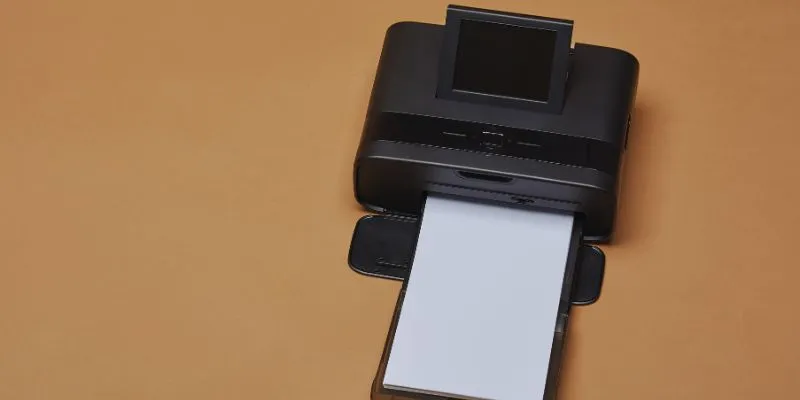
How to Easily Print Contracts with ezeep Blue: A Complete Guide

5 Proven Ways to Automate WordPress and Streamline Your Website Management
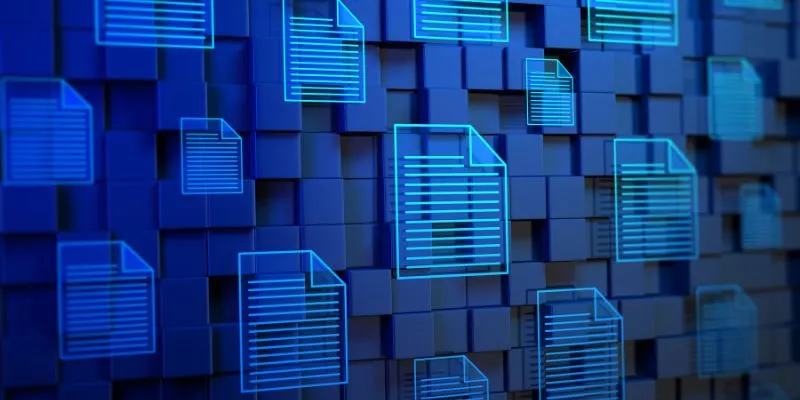
How to Use Tags and Labels to Organize Your Files: A Step-by-Step Guide
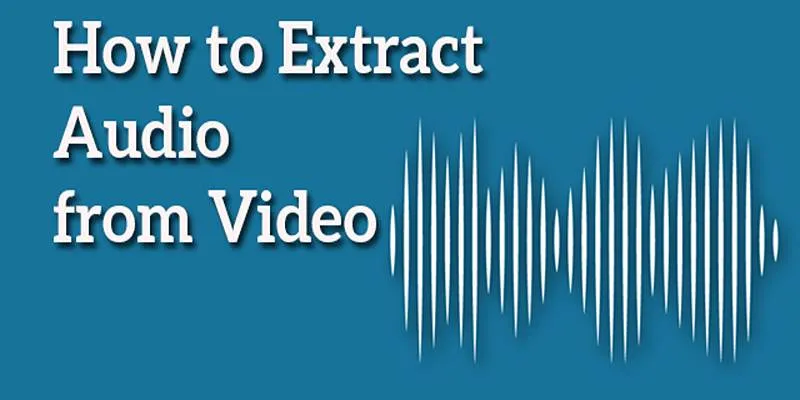
Best Free Online Tools to Extract Audio from Any Video
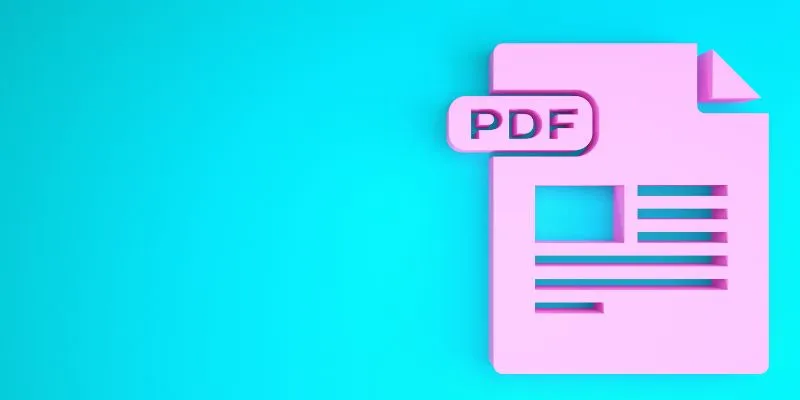
How to Edit a PDF on Windows Like a Pro: The Ultimate Step-by-Step Guide
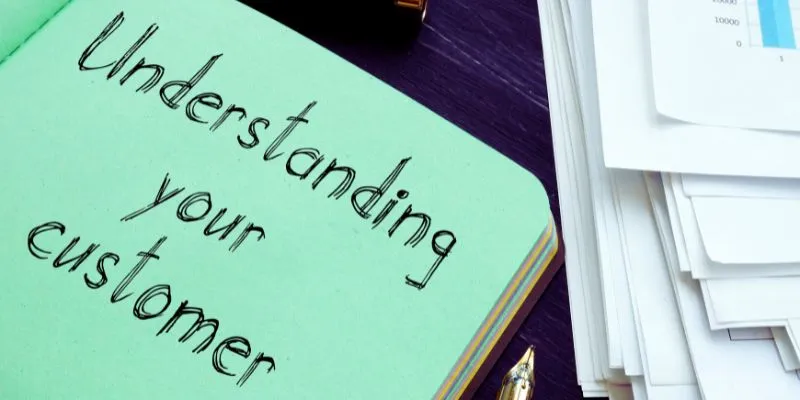
Maximize Your Customer Understanding with User Personas: A Powerful Tool

3 Essential Accessibility Tech Tools to Make Work More Manageable

6 Ways to Automate Security and Identity Tools for a Safer Business

Framer vs. Webflow: The Ultimate Comparison for Website Builders
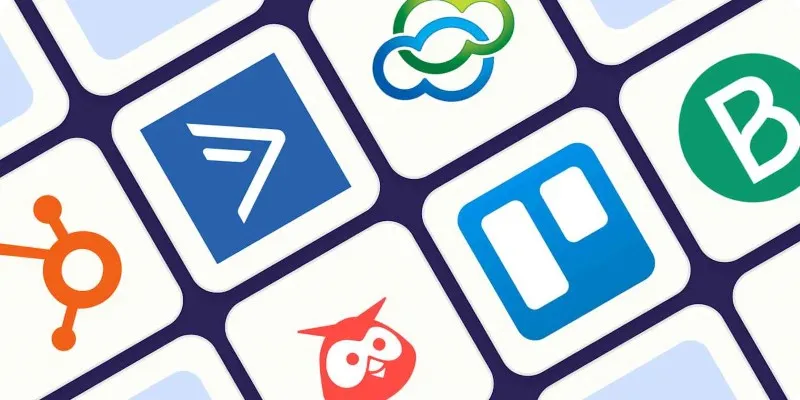
The 10 Best Campaign Management Software Tools in 2025 for Effortless Marketing Success
Popular Articles
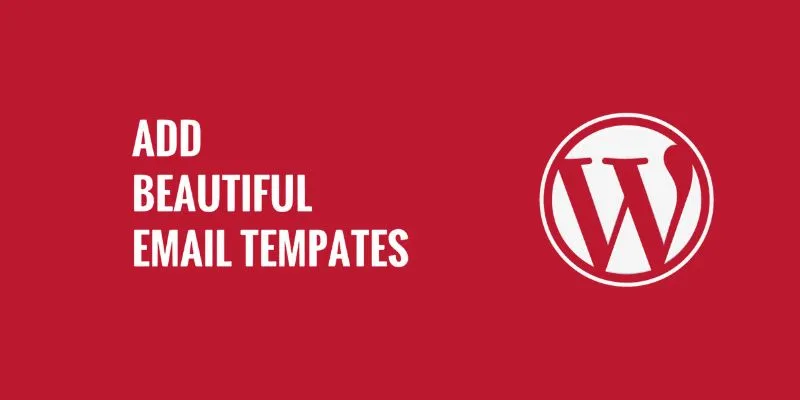
How to Add Beautiful Email Templates in WordPress: A Step-by-Step Guide
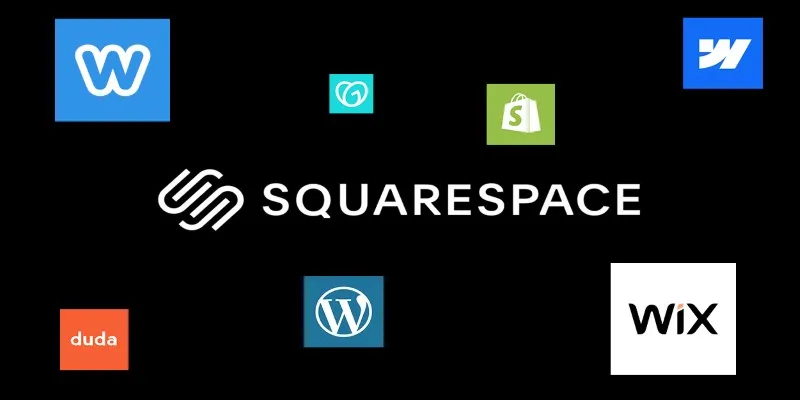
The 6 Best Squarespace Alternatives in 2025 for Custom, Creative Web Design
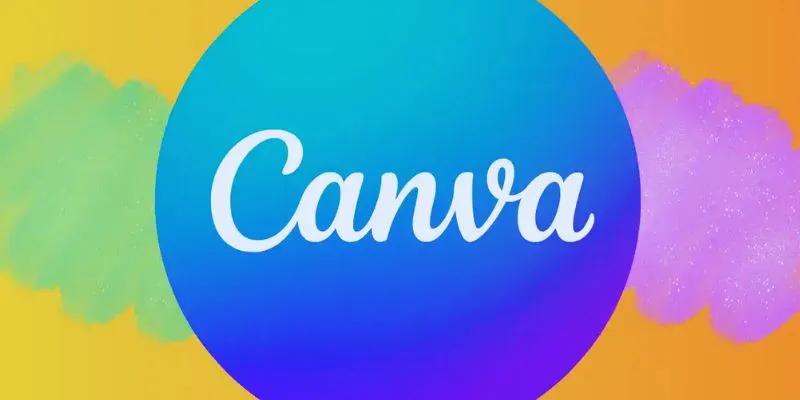
Exploring The 5 Best Canva Alternatives for Creative Projects

Convert Your Pictures for Free: 5 Reliable Tools
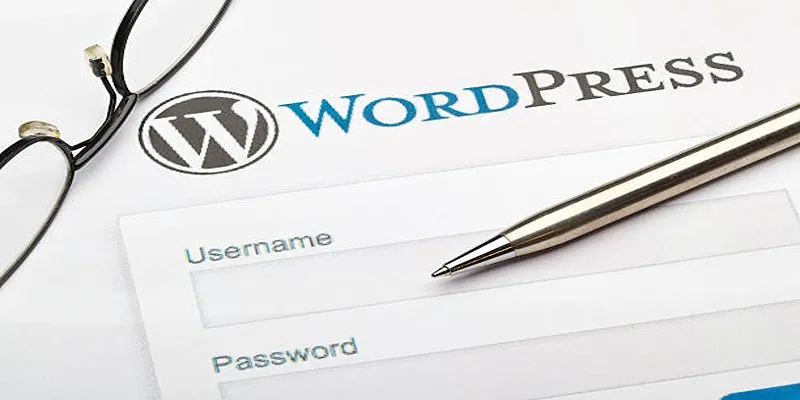
Top 10 WordPress Plugins for Collecting User Feedback

How to Make Viral YouTube and TikTok Reaction Videos: Step-by-Step Guide

Pika Model 2.2 Enhances AI Video With HD Output and Frame Tools
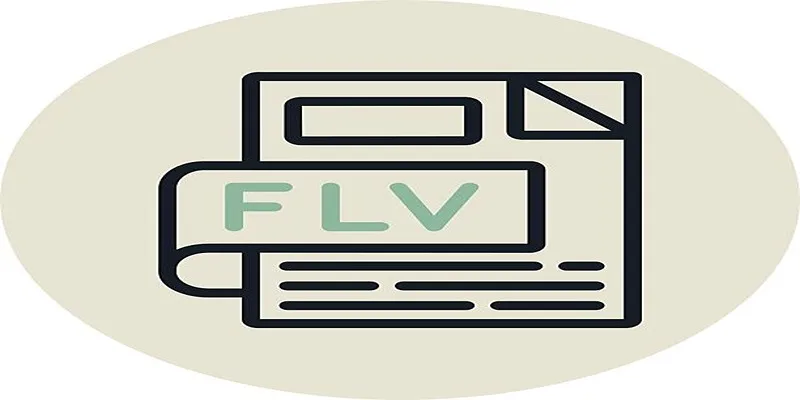
The Best Free FLV Converters Available Online Today
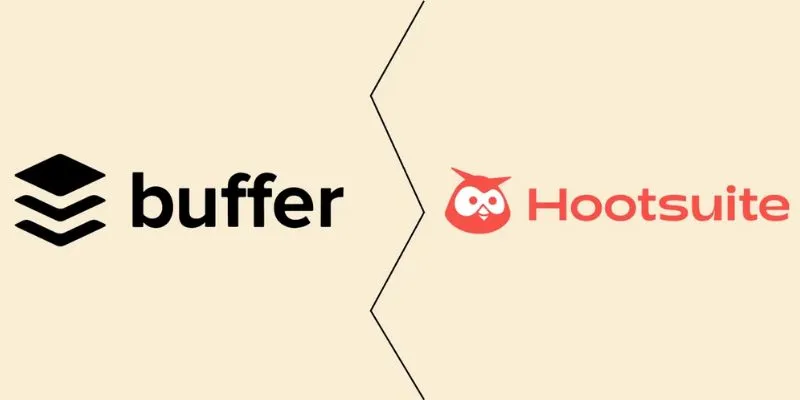
The Ultimate Comparison: Hootsuite vs. Buffer for Social Media Success

10 Reasons Why MailerLite Stands Out in 2025 for Email Marketers
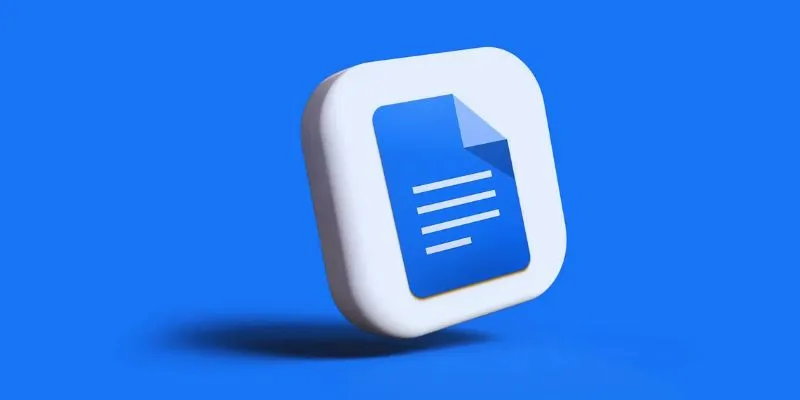
How to Make a Timeline in Google Docs for Your Next Project: A Guide
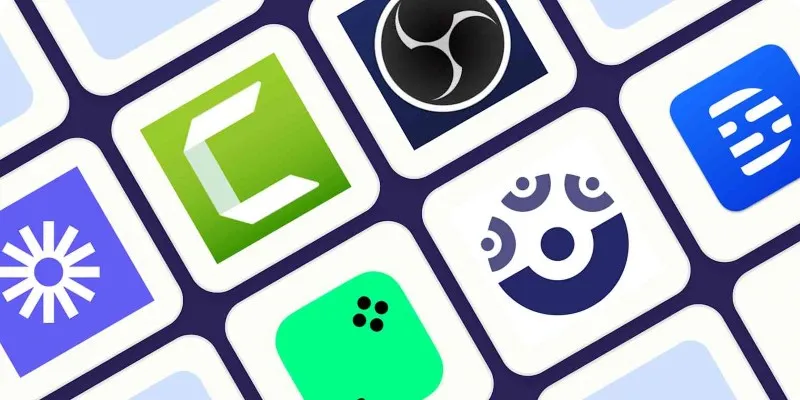
 mww2
mww2